In the CAN conformance test, one test is called “CANL short circuit test to groundâ€, but we found that the device under test can communicate normally when it is shorted to ground. What is the matter?
We all know that the CAN bus uses differential transmission, which can greatly avoid signal reflection and interference, thus suppressing common mode interference. It is also one of the reasons for CAN fault tolerance performance. The baud rate of CAN can be up to 1Mbps. According to the baud rate, we divide the CAN bus into single-line CAN, low-speed CAN, and high-speed CAN.
Table 1 CAN bus type

The communication quality of CAN is also related to its transmission distance. As shown in Figure 1, engineers who do CAN know that the maximum transmission distance of any two nodes on the CAN bus is related to its baud rate. The larger the baud rate of CAN, the higher the transmission distance. Short, because the transmission cable itself can be seen as a device with a RC structure. The longer the cable, the larger the parasitic capacitance and resistance.

Figure 1 Relationship between CAN baud rate and transmission distance
Since the cable will have parasitic capacitance, what is the effect of the parasitic capacitance on the CAN bus? We use CANScope simulation to add different capacitors to the bus, and see what happens through the eye diagram. As shown in Figure 2, we can see that as the capacitance increases, the falling edge of the dominant and recessive bits becomes more and more. The slower.

Figure 2 Effect of different capacitances of the cable on the waveform
When the CANL on the bus is shorted to ground, then only CANH is maintained in the CAN transmission. In this case, the CAN bus is similar to the single-wire CAN. The advantage of differential transmission is gone, so let's look at the high-speed CAN. Next, what happens when the CANL is shorted.
We choose a communication rate of 500kbps baud rate, send CAN messages with ZLG's CANScope, and CAN cards receive messages.
First adjust the settings of Stressz, the analog bus length is 10m, the terminal resistance is 120 ohms, and the Stressz settings are shown in Figure 3.
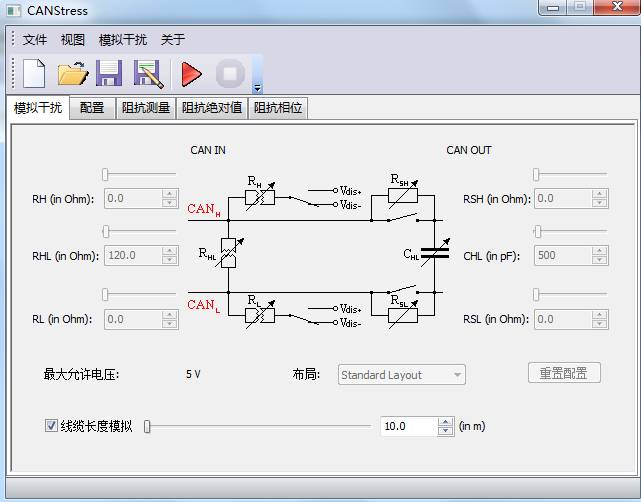
Figure 3 Analog cable length is 10m
After receiving CANScope message reception, the message can be received normally. After the CANL line is shorted to GND, the CANL voltage is 0V from the oscilloscope, but the message is received normally. Figure 4: The differential voltage from the oscilloscope can also be clear. Identification.
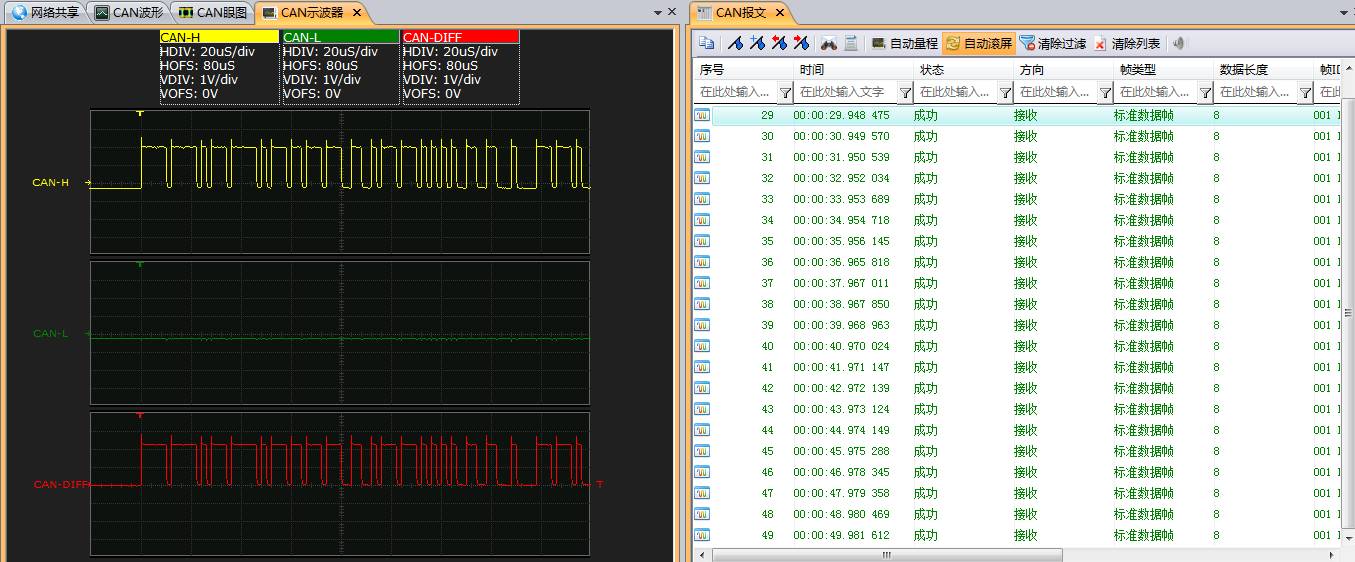
Figure 4 CANL short circuit communication is normal
However, the actual application site, CAN bus transmission distance is relatively long, when we simulate the bus length of 120m, we look at the communication quality, first set Stressz as the cable length is 120m. As shown in Figure 5.
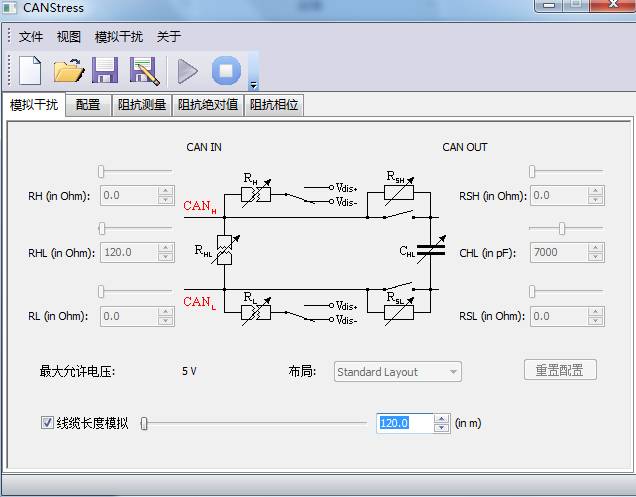
Figure 5 simulates a cable length of 120m
Open CANScope message reception, as shown in Figure 6, the message can be received normally when there is no short circuit. After the CANL line is shorted to GND, the CANL voltage is 0V from the oscilloscope, and a large number of errors occur in the message.
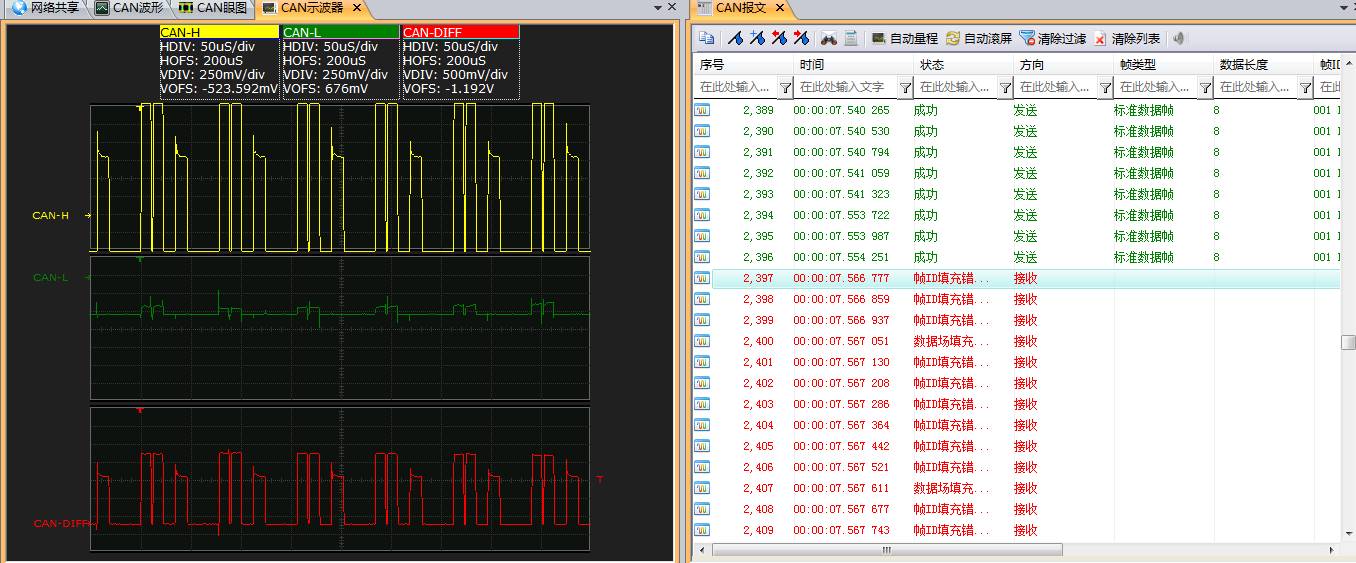
Figure 6 CANL short circuit error
Why is there an error after CANL is shorted to ground after the cable length is longer? The problem is that the parasitic capacitance caused by the length of the cable becomes longer, and the falling edge of the bus level becomes very slow. The originally weakly transmitted differential signal, after the CANL is hanged, the CANH single-line transmission cannot bear the heavy responsibility of transmission. So there was a message error. As shown in Figure 7: We do edge statistics on the bus, we can see that the falling edge reaches a maximum of 638ns. According to the GMW3122 standard, the high-speed CAN has an edge interval of 30 to 350 ns.
Therefore, after the CANL of the high-speed CAN is short-circuited to the ground, the advantage of the differential transmission is lost. Under the influence of the large falling edge, the receiving node cannot receive the message normally. When CANL is not short-circuited, the CAN bus can still take advantage of differential transmission, allowing the node to receive the correct message normally.

Figure 7 Edge Statistics
Electronic Components Resistor
Resistor (Resistor) commonly known as resistance directly in our daily life.It is a current limiting element. When the resistance is connected to the circuit, the resistance value of the resistor is fixed, usually two pins.Fixed resistors are those whose resistances cannot be changed.Resistance variable is called potentiometer or variable resistor.The ideal resistor is linear, that is, the instantaneous current through the resistor is proportional to the applied instantaneous voltage.Variable resistor for partial pressure.On the exposed resistor body, one or two movable metal contacts are pressed tightly.The contact position determines the resistance between any end of the resistance body and the contact.
Flat tube resistor
Metal aluminum shell resistor
Stainless steel resistor box
Crowbar (wind power converter) resistor
RX21 Glazed Wirewound Resistor
RX21 Glazed Power Wirewound Resistor
Inverter ceramic resistor
Resistor Cabinet
Resistive load box
Ultra-thin aluminum shell resistor
High power resistor
water cooling resistor
RI80 high voltage resistor
RX20 High Power Painted Wirewound Resistor
stainless steel resistor
Howo resistor
KNP Porcelain Rod Painted Wirewound Resistor
Cement Resistor
Thick Film Resistors
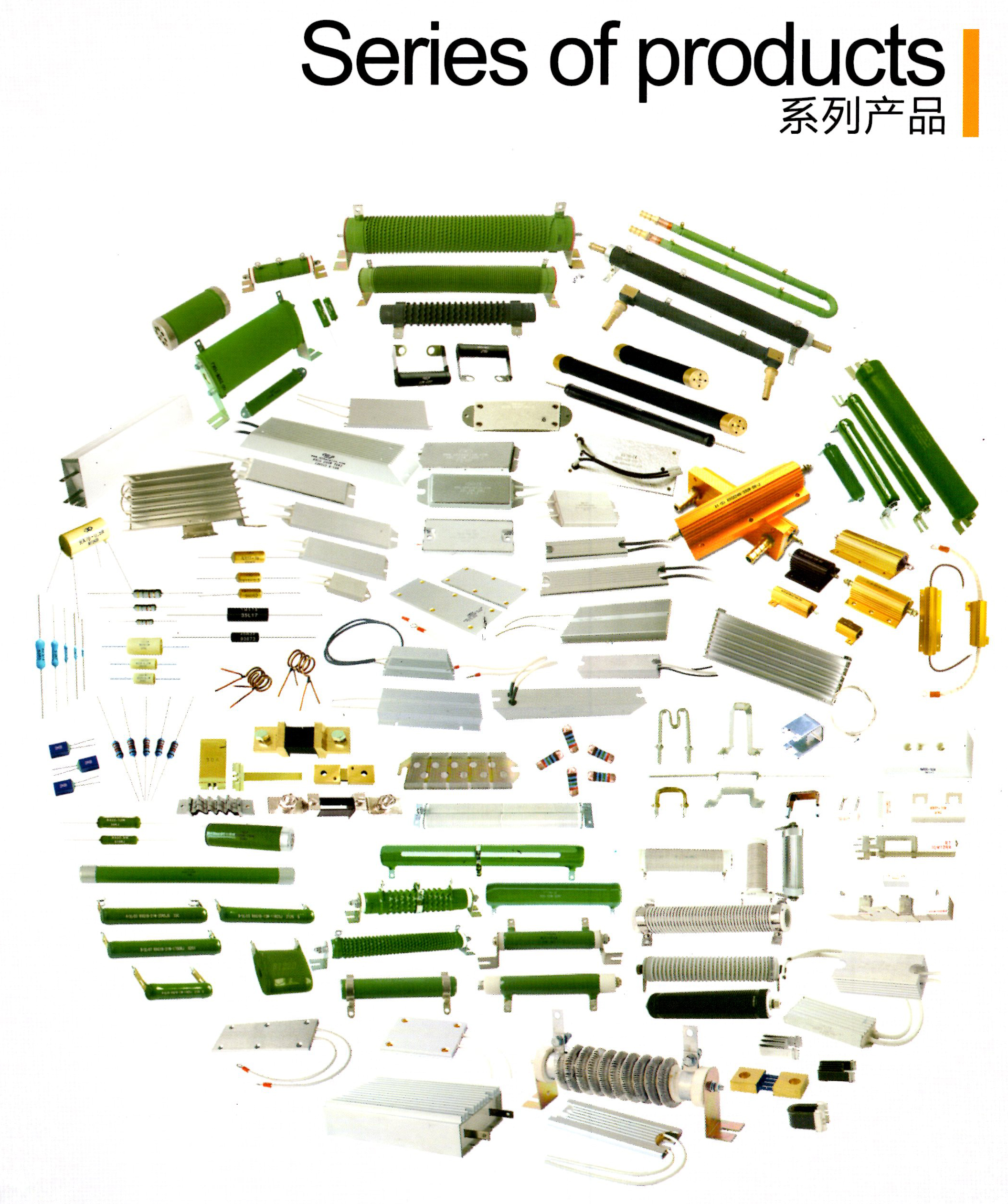
Electronic Components Resistor,Metal Film Resistor,Metal Oxide Film Resistor
YANGZHOU POSITIONING TECH CO., LTD. , https://www.cnchipmicro.com